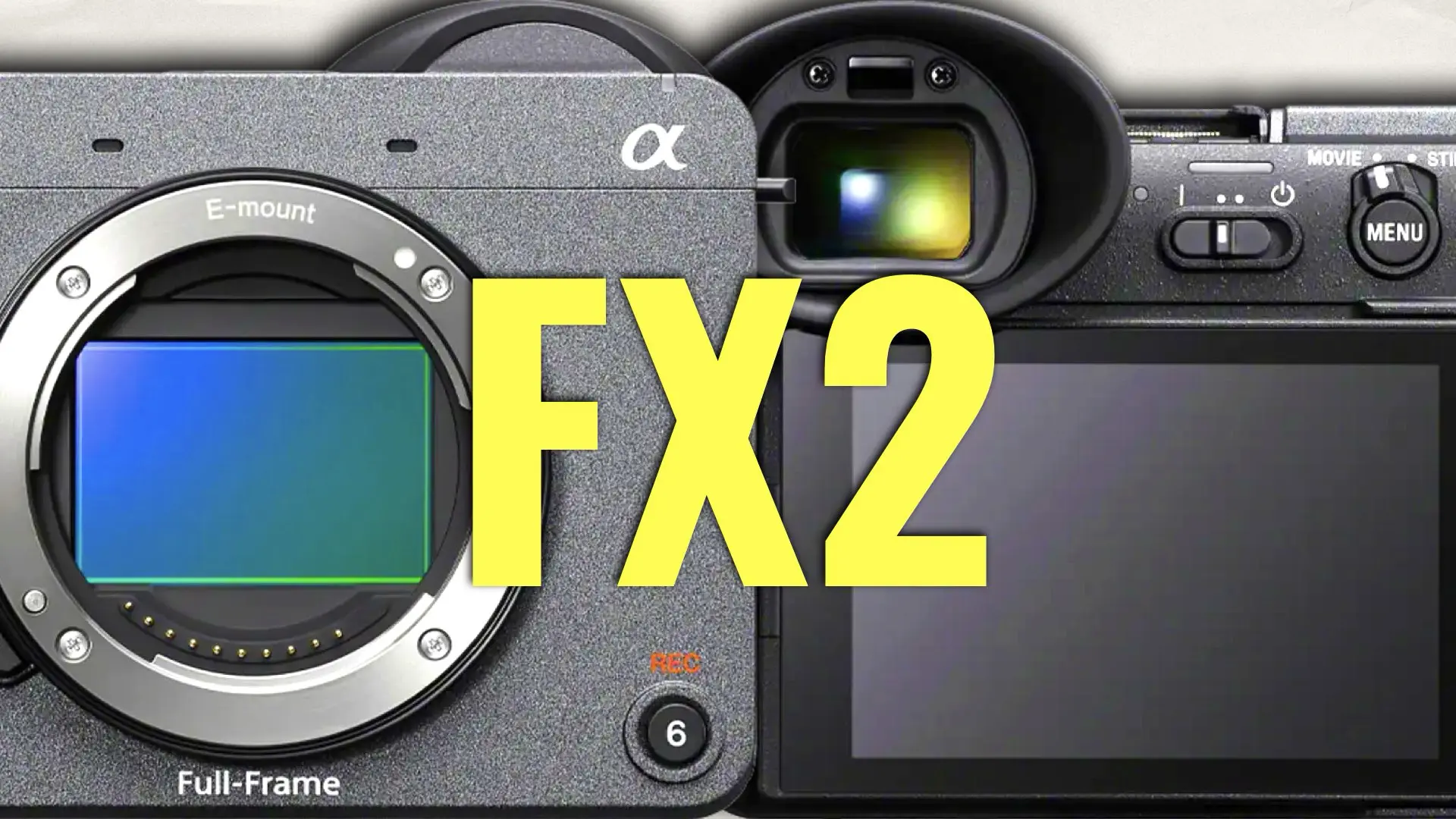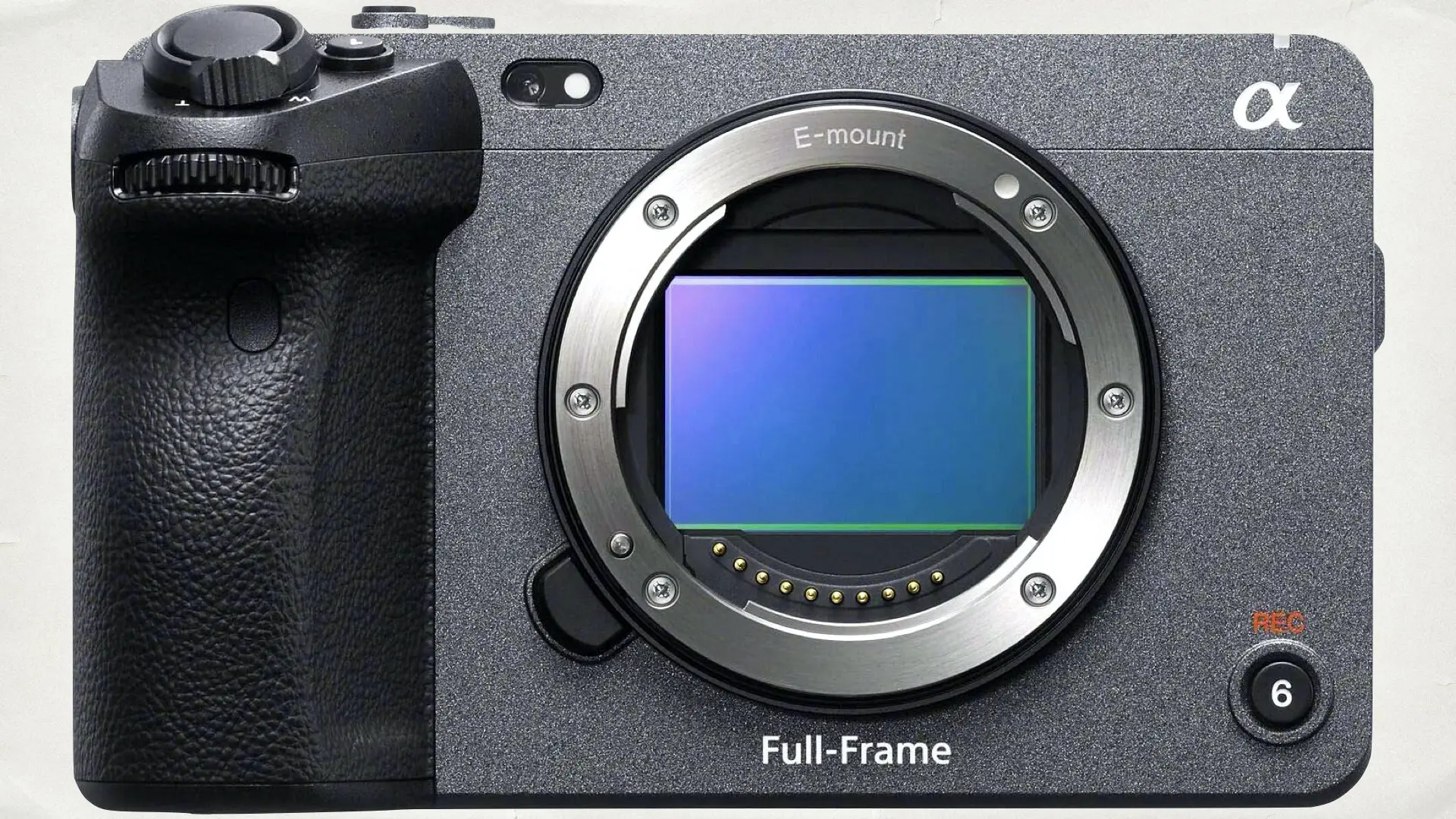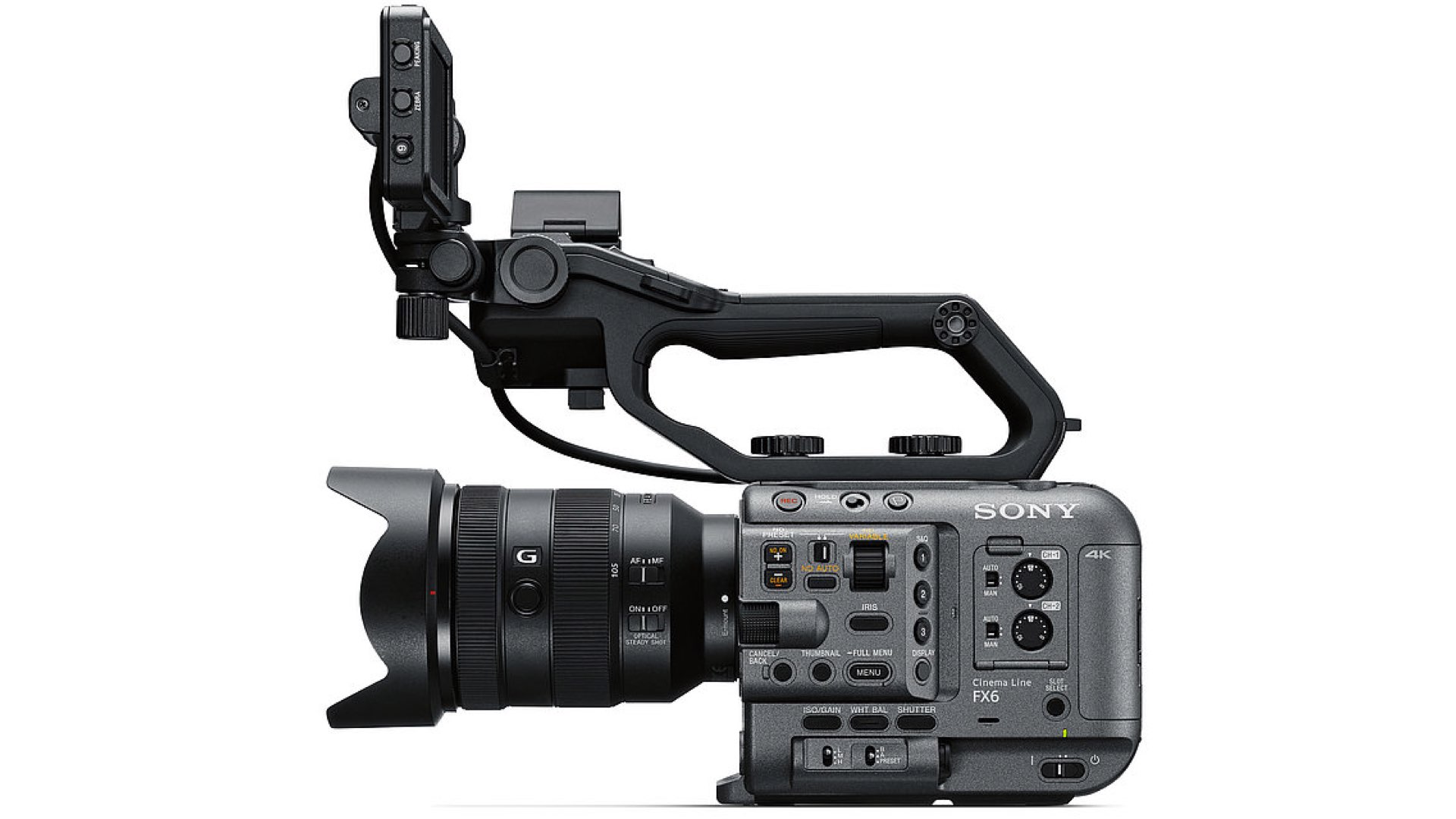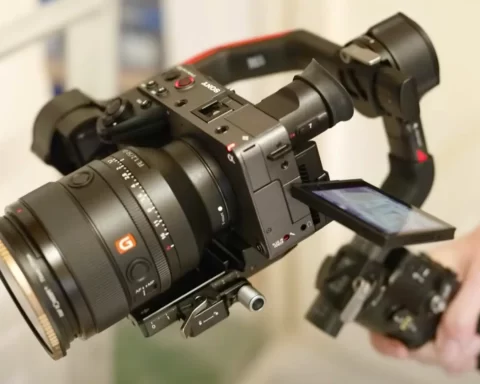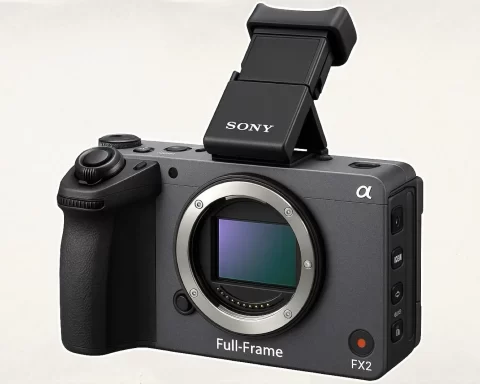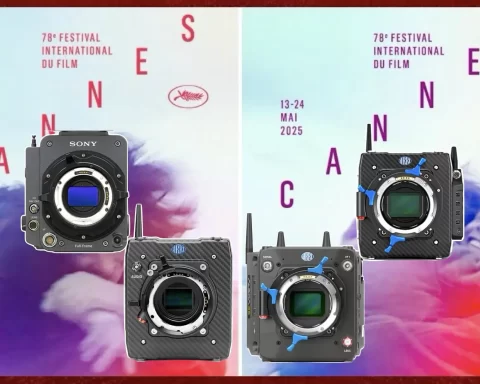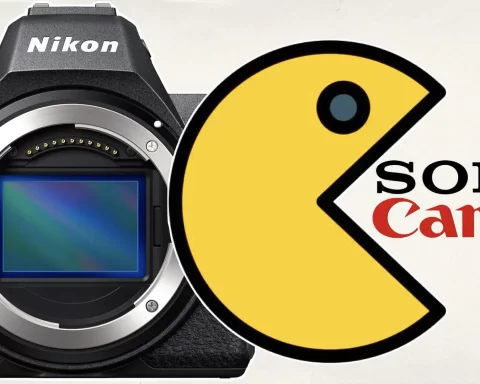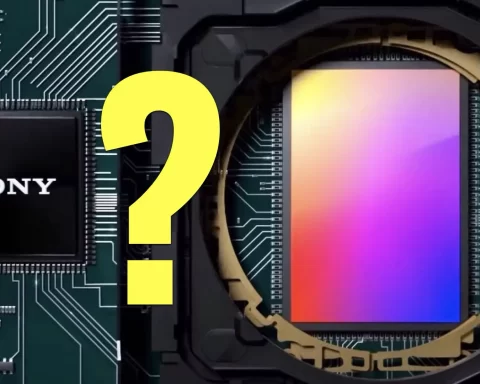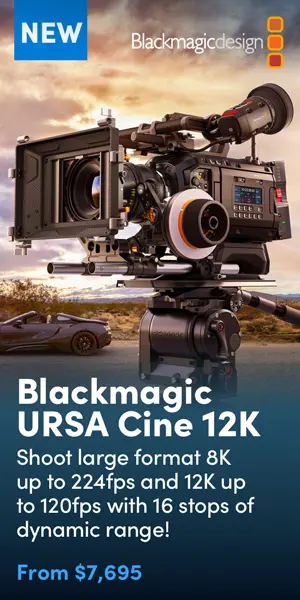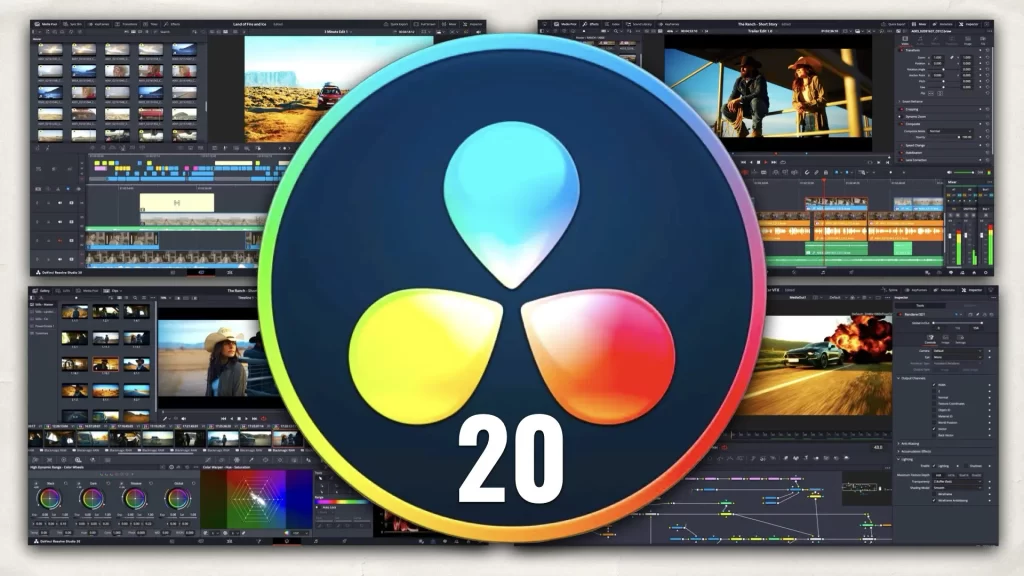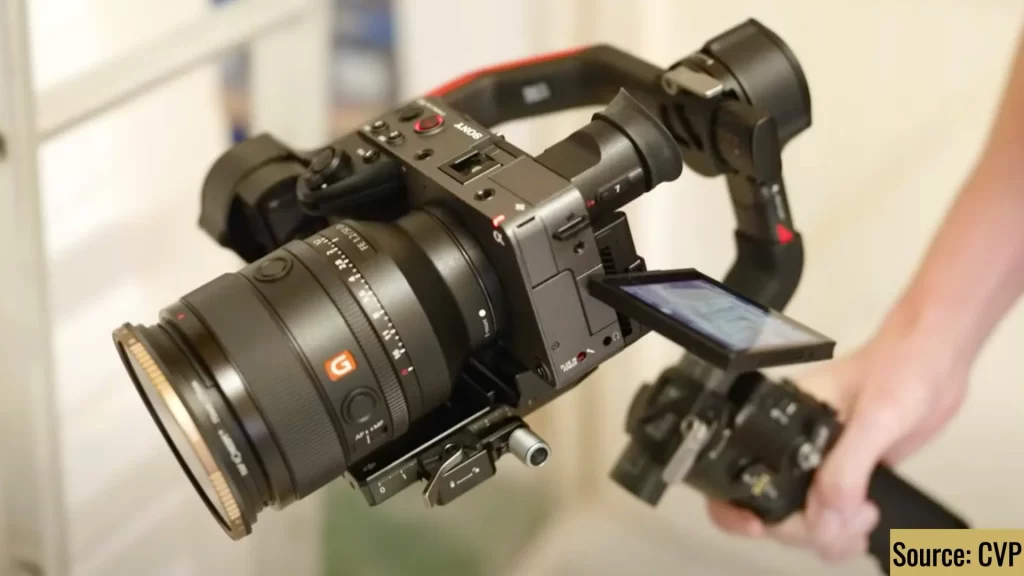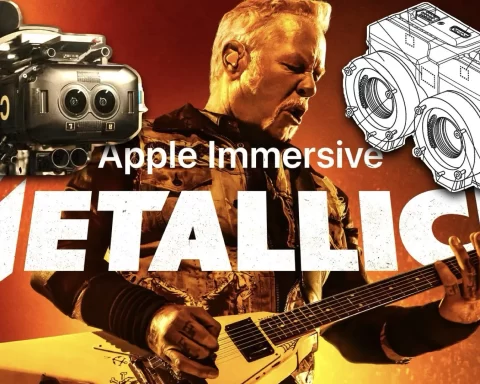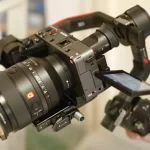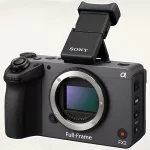Sony has done it again—or have they? Yesterday, the company officially unveiled the Cinema Line FX2, a compact, full-frame digital cinema camera designed to sit between the FX3 and FX6. On paper, it’s everything a modern filmmaker could ask for: a 33MP Exmor R full-frame sensor, AI-powered autofocus and stabilization, a compact body with a redesigned heat sink, and—most notably—a built-in tilting electronic viewfinder that seems plucked right out of a Blackmagic design book. But beneath the specs and the slick marketing videos lies a deeper conversation about strategy, positioning, and the future of Sony’s Cinema Line. This article builds on the viral coverage we published earlier this week: Sony FX2: A Strategic Leap in the Cinema Line With a Game-Changing EVF. (Ironically, the community has pointed out that our speculative mock-up image—not the actual product—might be the better-looking version. Flattering? Certainly). But this unintended coincidence underscores something bigger: The FX2 is less about filling a gap and more about redefining Sony’s internal ecosystem.
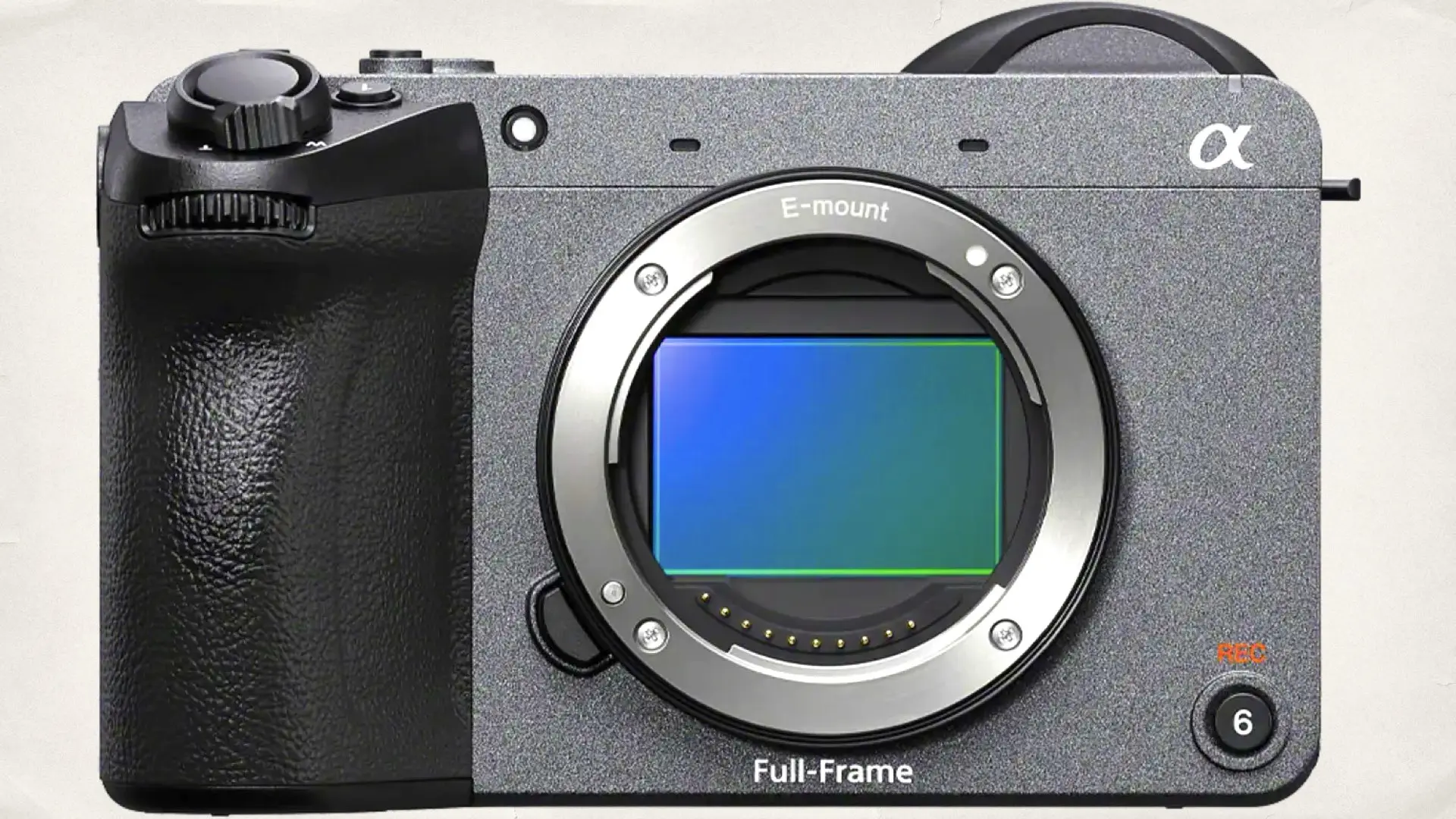
Positioning: Between Innovation and Redundancy
Sony positions the FX2 as a compact alternative for creators needing cinema-grade visuals without the bulk of the FX6 or the “blogger” lean of the FX3. It’s a clever play. The FX2 looks like a response to years of user feedback, demanding a cinema camera with better ergonomics, smarter AI features, and most importantly, an integrated EVF—a glaring omission in the FX3. Yet this raises an uncomfortable question: Is the FX2 simply an evolution, or is it cannibalizing the FX3? The FX3 was initially marketed to indie filmmakers, hybrid shooters, and YouTubers looking for high-end specs in a manageable form factor. The FX2 provides almost all that—at a lower price point, which may render the FX3 obsolete for many professionals. Sony’s strategy seems to be: “If we don’t cannibalize ourselves, someone else will.”
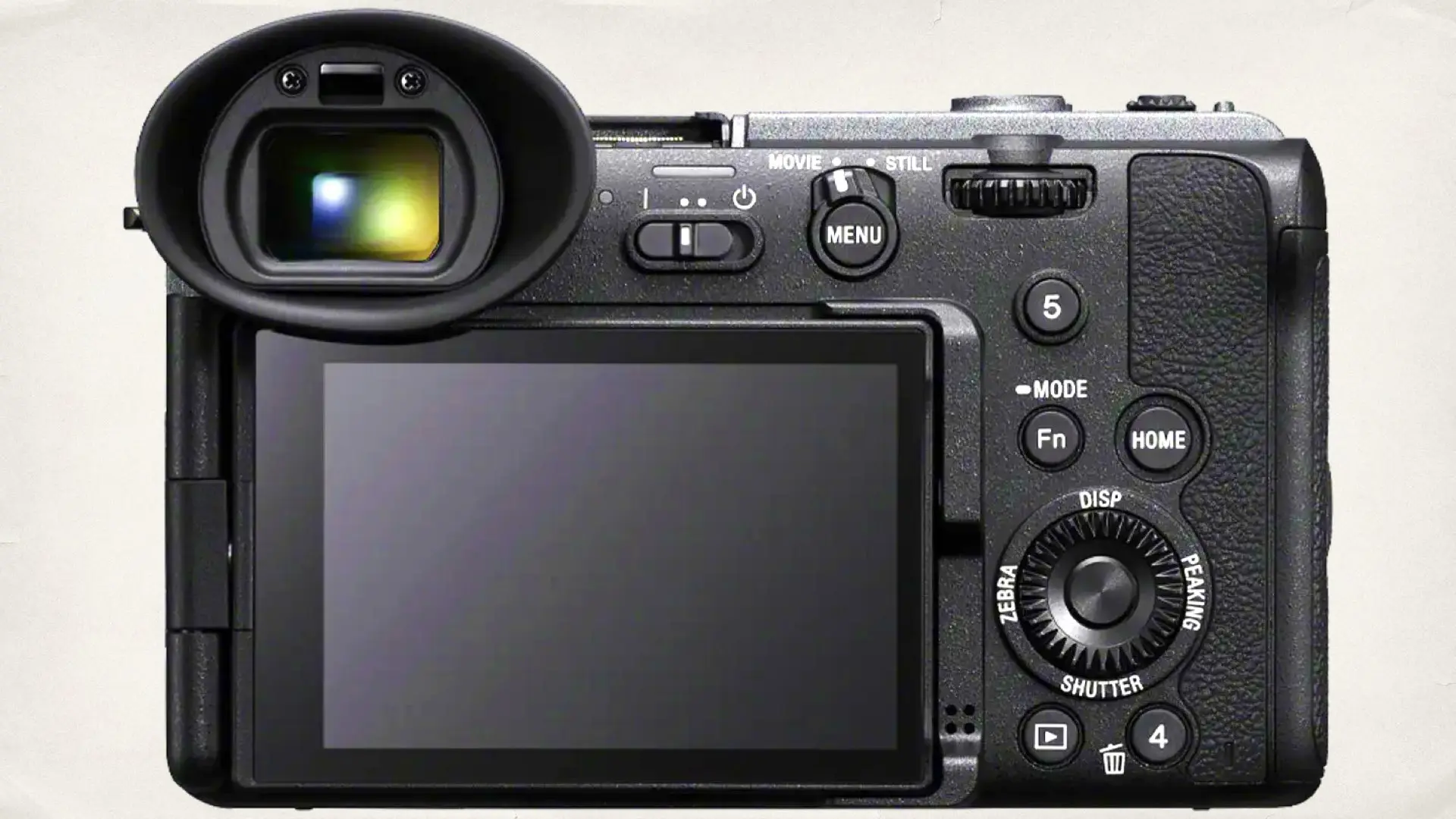
The Elephant in the Room: Blackmagic’s Influence
There’s no mistaking the visual and conceptual similarities between the FX2 and Blackmagic’s Pocket Cinema Camera series—especially with that new tilting EVF. Sony, a company historically hesitant to incorporate built-in viewfinders on smaller cinema bodies, has done a full 180. This pivot strongly reflects market pressures and the success Blackmagic has had in capturing indie and mid-tier productions. Sony, of course, has done this in “Sony fashion”: adding a superior full-frame sensor, S-Cinetone color science, and next-gen autofocus powered by AI. In many ways, the FX2 looks like a “Blackmagic Pocket Cinema Camera on steroids.”, or vice versa?
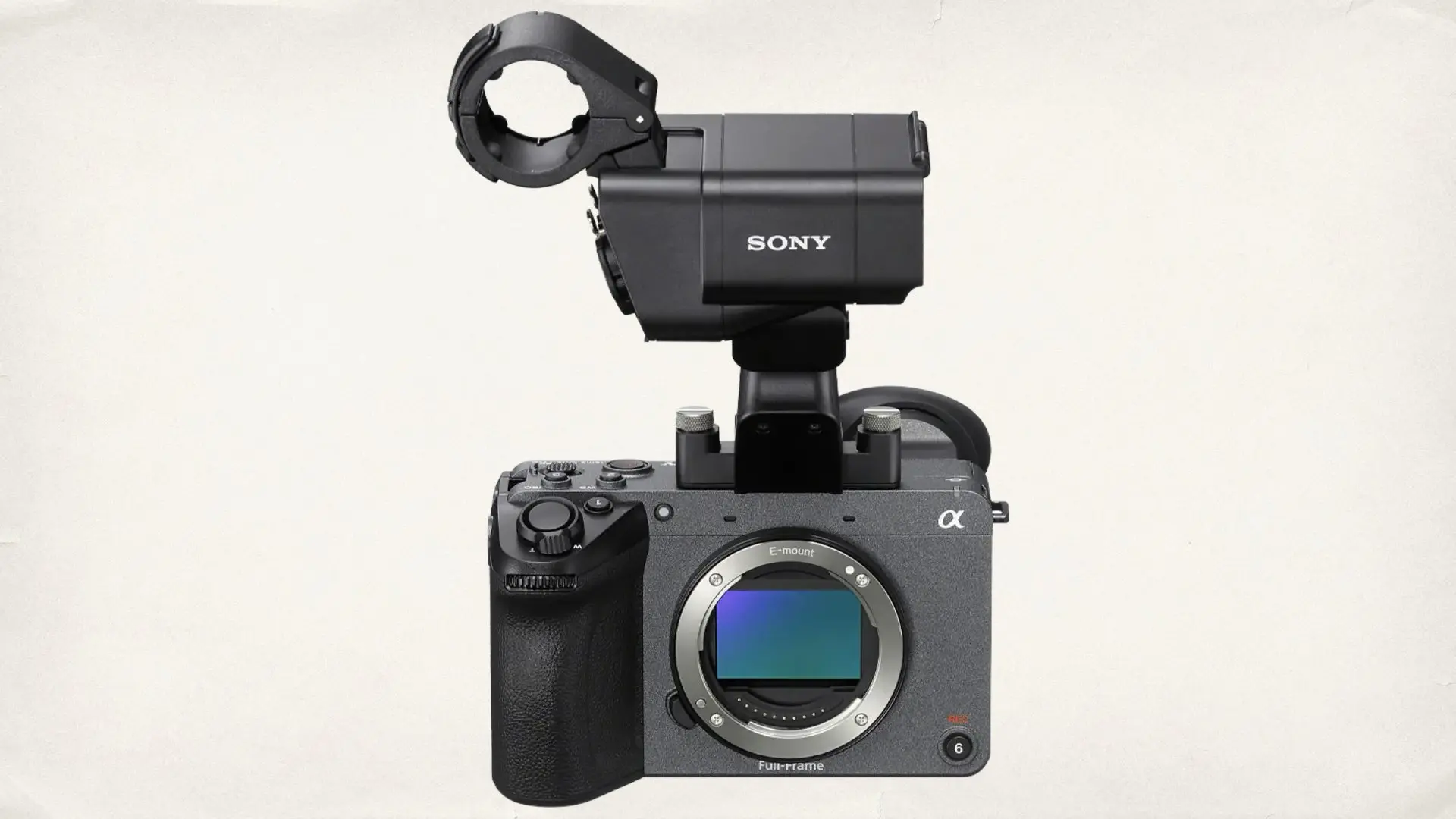
Pros and Cons: Where the FX2 Stands Out—and Where It Doesn’t
Pros:
-
33MP Full-Frame Sensor: Ideal for oversampled 4K and flexible post workflows.
-
AI-Driven Autofocus & Stabilization: An industry-leading combo that gives Sony an edge, especially in dynamic shooting environments.
-
Tilting EVF: Finally—no need for awkward external solutions.
-
Fanless Passive Cooling: Innovative internal design reduces noise and size without thermal compromises.
-
Timecode In, Dual CFexpress A/SD Slots: Professional features packed into a compact body.
Cons:
-
FX3 Cannibalization: The FX3 now appears almost handicapped by comparison.
-
No RAW Internally: Still capped to XAVC and ProRes externally.
-
Resolution of higher FPS
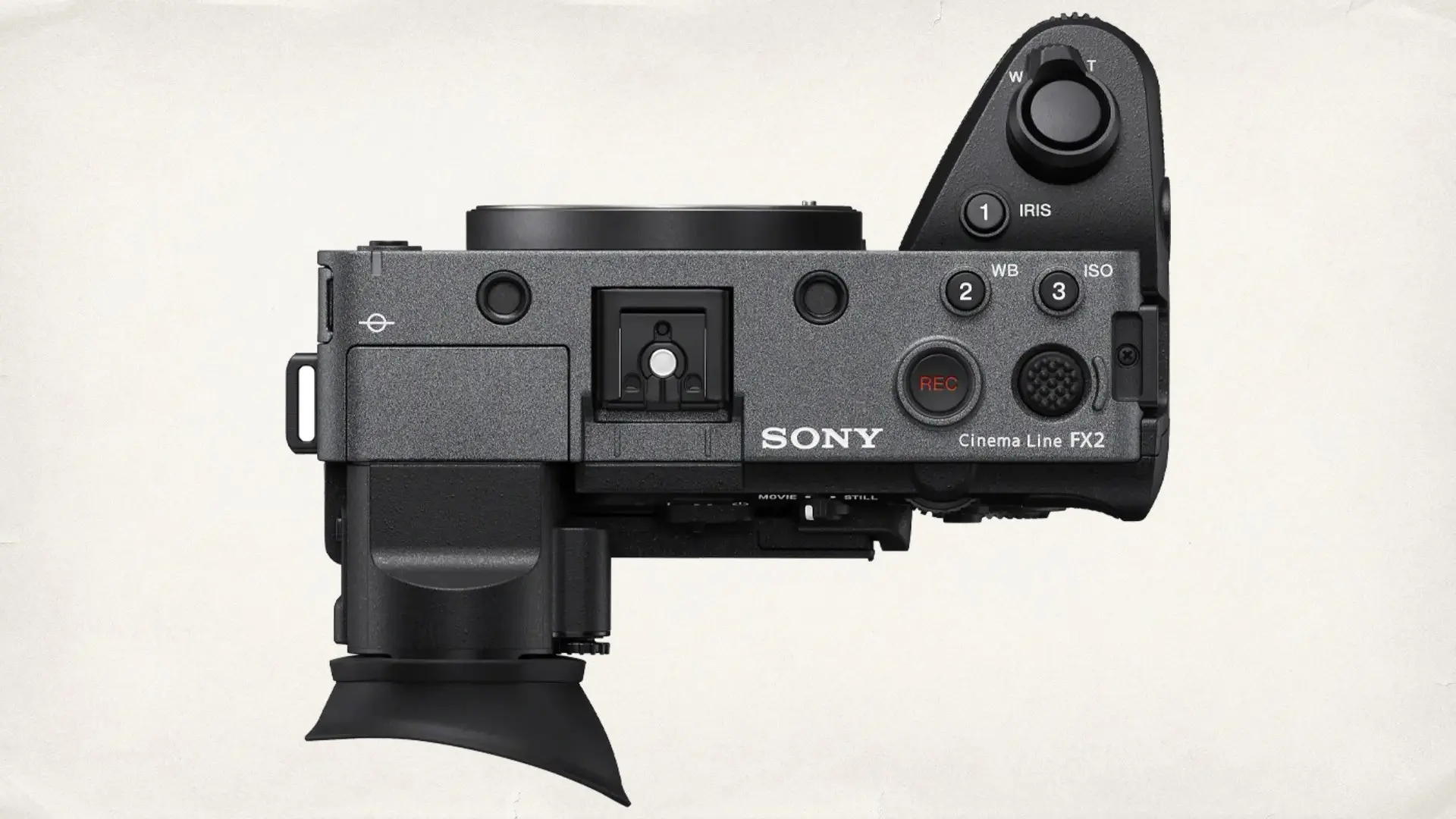
Why Now?
The timing of this release suggests Sony is preempting moves from Canon and Blackmagic, both of whom are reportedly preparing major announcements for cine-focused compact cameras. The FX2 appears aimed at creators who have outgrown mirrorless cameras but aren’t yet in the Netflix-approved FX6 or FX9 territory. More importantly, the FX2 serves as a statement piece—demonstrating that Sony listens. The EVF, the smarter stabilization, and even the cleaner chassis reflect a thoughtful iteration. Sony is trying to maintain dominance in a segment it once neglected: the sub-$5,000 cinema camera market. And we are now waiting for the FX3 price to reduce. Sony now runs the risk of fragmenting its own Cinema Line. FX3 users may feel shortchanged. FX6 owners may question the value leap. New users may get lost in the sea of overlapping models. But perhaps that’s the point—Sony wants to provide more choice and less compromise. The FX2 might not be revolutionary, but it is evolutionary. With strong DNA from the Alpha line, cinema-grade recording formats, and a focus on usability, it could become the de facto standard for solo operators, small crews, and documentarians. But unless Sony makes clear which audience each camera truly serves, internal competition may become their next big battle.

Conclusion
The FX2 seems like a strategic maneuver, designed to cut off the competition at the knees while reeling back users who may have jumped ship. With a sharper industrial design (even if ours looked better!), compelling specs, and long-requested features, Sony is repositioning itself as a listener. Whether this strategy pays off will depend on how well they manage their own ecosystem—and how long the FX3 can survive in the shadow of its new sibling. Would you buy it?

